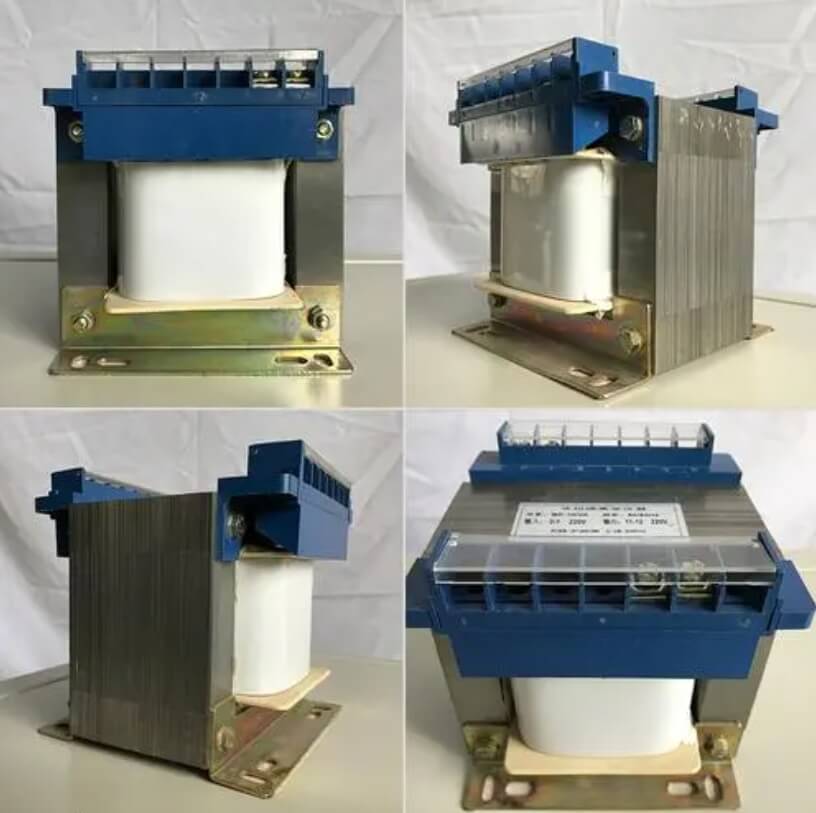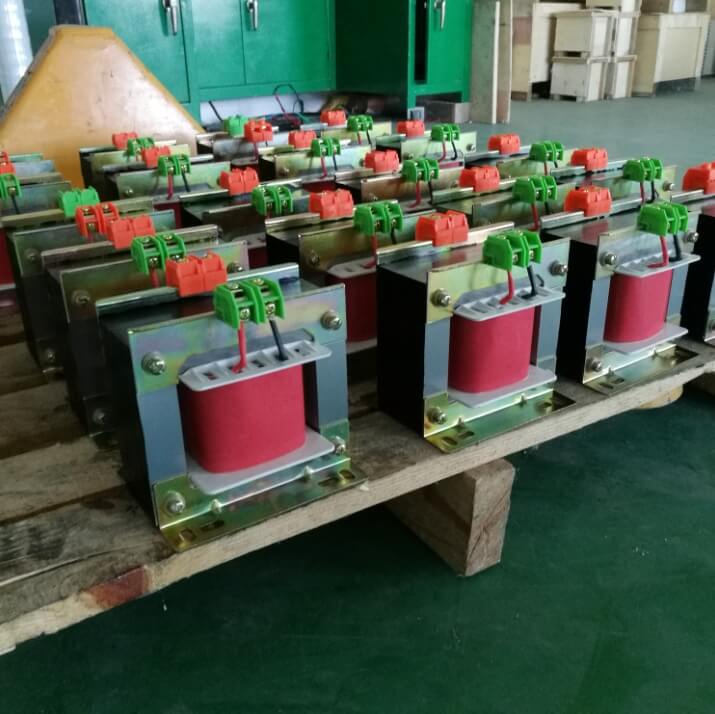What is the purpose of the transformer
The purpose of a transformer is to transfer electrical energy efficiently from one circuit to another by electromagnetic induction. Transformers play a crucial role in the transmission and distribution of electrical power, providing a way to step up or step down voltage levels while maintaining the frequency of the alternating current (AC). Here are the primary purposes and functions of transformers:
- Voltage Transformation:
- Step-Up Transformer: Increases the voltage from a lower level to a higher level. This is commonly used in power transmission from power plants to substations over long distances.
- Step-Down Transformer: Decreases the voltage from a higher level to a lower level. This is used to distribute power to homes, businesses, and industrial facilities.
- Power Transmission:
- Transformers facilitate the efficient transmission of electrical power over long distances. High-voltage transmission reduces power losses during transportation, as power loss is inversely proportional to the square of the voltage.
- Isolation:
- Transformers provide electrical isolation between the input (primary) and output (secondary) circuits. This isolation helps ensure safety and protects equipment and personnel from electric shock.
- Impedance Matching:
- Transformers help match the impedance between the power source and the load, optimizing power transfer efficiency.
- Current Transformation:
- While the primary purpose of a transformer is voltage transformation, it also causes a corresponding change in current. In an ideal transformer, the product of the primary current and voltage equals the product of the secondary current and voltage.

- While the primary purpose of a transformer is voltage transformation, it also causes a corresponding change in current. In an ideal transformer, the product of the primary current and voltage equals the product of the secondary current and voltage.
- Distribution:
- Transformers are integral in the distribution network, enabling power to be delivered to various locations at suitable voltage levels for consumer use.
- Power Quality Improvement:
- Transformers can improve power quality by providing voltage regulation and reducing voltage fluctuations. They contribute to maintaining a stable and reliable electrical supply.
- Control and Protection:
- Transformers may include tap changers that allow adjustments to the turns ratio, providing a means to control voltage levels. Additionally, transformers often have built-in protection features to safeguard against overloads and faults.
- Efficiency:
- Transformers are designed to operate with high efficiency, minimizing energy losses during the voltage transformation process.
- Economic Considerations:
- By allowing efficient long-distance power transmission and enabling voltage adjustment, transformers contribute to the economic viability of the electrical power infrastructure.


Tags:
Enameled Wire Copper wire Aluminum wire Enamelled wire Aluminum Winding Wire Magnet wire Modified polyester Round copper wire Heat resistance Enameled aluminum wire